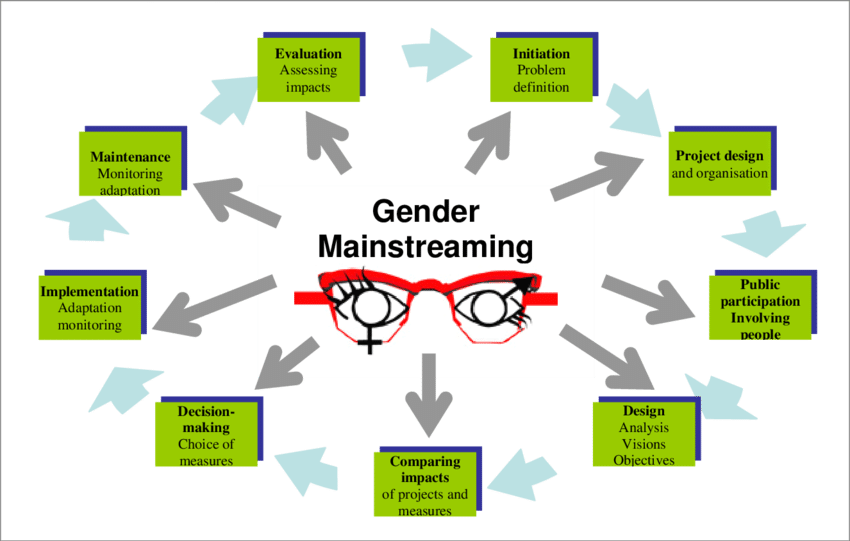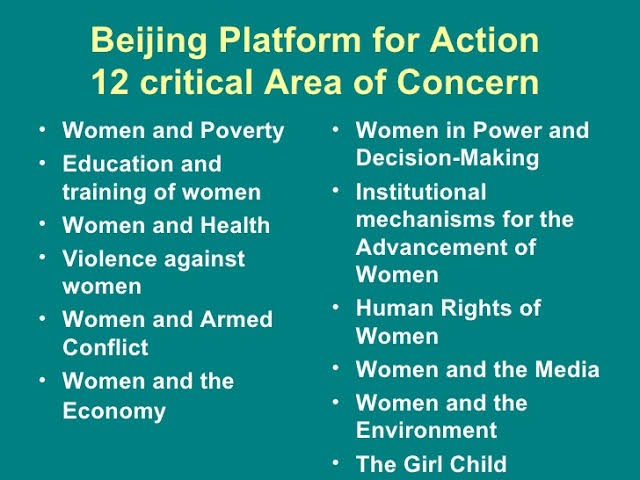7667766266
enquiry@shankarias.in
Recently, a two-day National Consultation on Revisiting and Re-envisioning the Beijing Declaration was organized by National Alliance for Women’s Organization to review and revive the struggle.
Beijing Platform for Action was adopted at the 1995 Fourth United Nations World Conference on Women in Beijing.

SDG goal 5 aims to achieve gender equality and empower all women and girls.
|
United Nations World Conference on Women |
Significances |
|
First world conference on women (1975) – Mexico City |
|
|
Second world conference on women (1980) - Copenhagen |
|
|
Third world conference on women (1985) - Nairobi |
|
|
Fourth world conference on women (1995) - Beijing |
|
